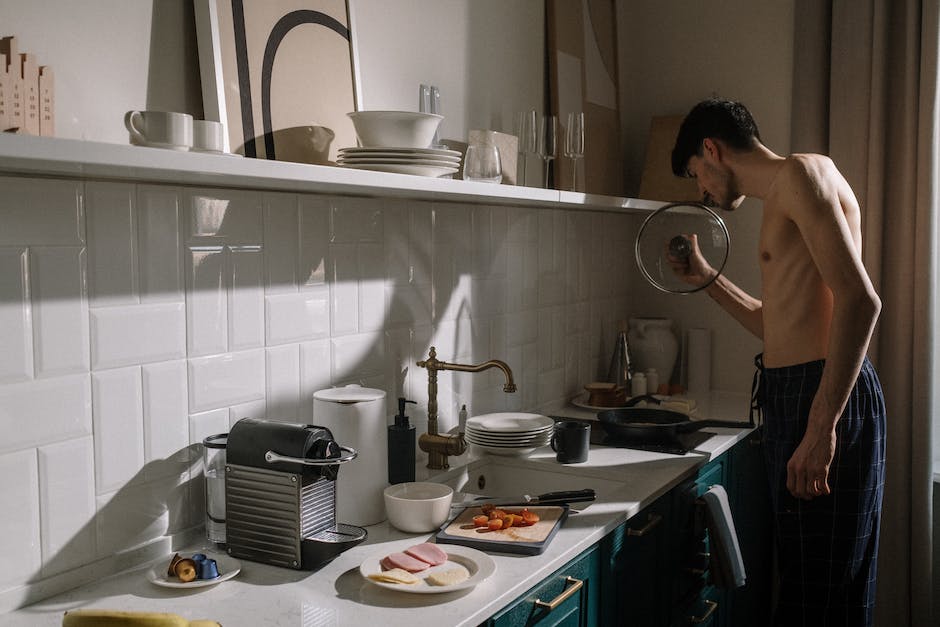Art has always been a medium of expression and creativity, a way to showcase the beauty and complexity of the world around us. However, for many people, the world of art remains inaccessible due to various reasons, such as physical disabilities, financial constraints, or lack of knowledge. This is where the concept of accessible galleries comes into play. These galleries aim to break down the barriers that prevent people from experiencing art by providing a welcoming and inclusive environment for all. In this article, we will explore the world of accessible galleries and how they are making art more accessible to everyone.
1. Breaking Barriers: The Quest for Accessible Art Galleries
Art galleries are often considered as exclusive spaces that cater to a certain demographic. However, the quest for accessible art galleries is breaking down these barriers and making art more inclusive. With the rise of technology and innovative design, art galleries are becoming more accessible to people with disabilities, making it easier for them to engage with art.
One way that art galleries are becoming more accessible is through the use of audio descriptions. Audio descriptions provide a detailed description of the artwork, allowing people with visual impairments to experience the art in a meaningful way. Additionally, galleries are incorporating tactile exhibits, which allow people with visual impairments to touch and feel the artwork. These exhibits provide a unique sensory experience that is often overlooked in traditional galleries. As galleries continue to break down barriers, more people are able to engage with art and appreciate its beauty.
2. Art for Everyone: Making Galleries Inclusive and Accessible
Art is a universal language that speaks to people of all ages, backgrounds, and abilities. However, not everyone has equal access to art galleries and museums. Many people with disabilities face barriers to enjoying art, such as stairs, narrow doorways, and inaccessible exhibits. To make galleries more inclusive and accessible, there are several strategies that can be employed.
One approach is to provide alternative formats for art exhibits, such as audio descriptions, tactile displays, and large print labels. This can help people with visual impairments or cognitive disabilities to better understand and appreciate the artwork. Another strategy is to make physical changes to the gallery space, such as installing ramps, elevators, and wider doorways. This can make the gallery more welcoming to people with mobility impairments. By implementing these changes, galleries can create a more inclusive environment that welcomes everyone to experience the beauty and power of art.
3. From Exclusion to Inclusion: The Journey of Accessible Art Galleries
Accessibility in art galleries has come a long way. In the past, many galleries were not designed with accessibility in mind, which meant that people with disabilities were often excluded from experiencing the art. However, in recent years, there has been a shift towards creating more inclusive spaces that cater to everyone, regardless of their abilities.
One way that galleries have become more accessible is by providing wheelchair ramps and elevators. This simple addition allows people with mobility impairments to move around the gallery freely and without barriers. Additionally, galleries have started to offer audio descriptions and tactile exhibits for people with visual impairments, as well as sign language interpreters for people who are deaf or hard of hearing. These changes have made art galleries more welcoming and inclusive for everyone, and have opened up a world of art to people who may have previously been excluded. As we conclude our exploration of accessible galleries, we are reminded that art is not just a luxury for the privileged few, but a fundamental human need that should be accessible to all. The efforts of these galleries to break down barriers and create inclusive spaces for people of all abilities are commendable and inspiring. By embracing accessibility, they are not only enriching the lives of individuals with disabilities, but also contributing to a more diverse and vibrant art world. Let us continue to support and advocate for art for all.






























